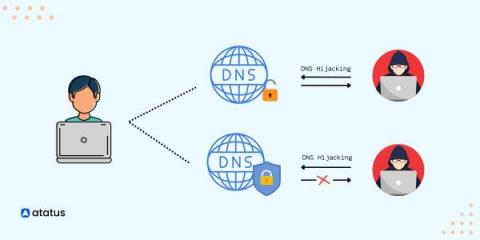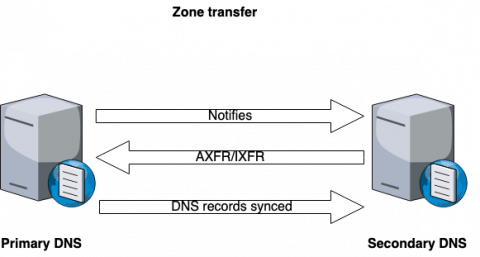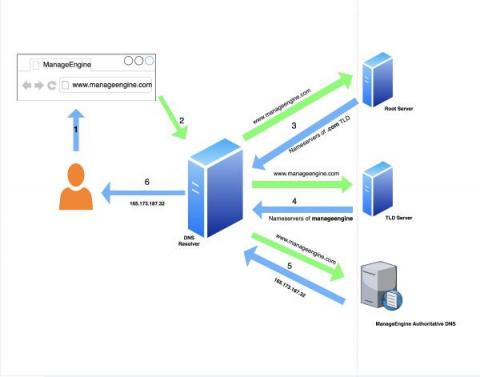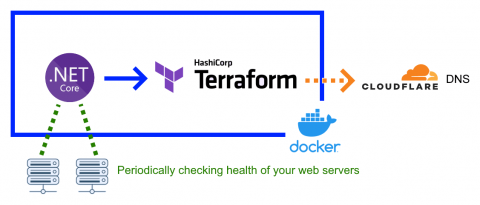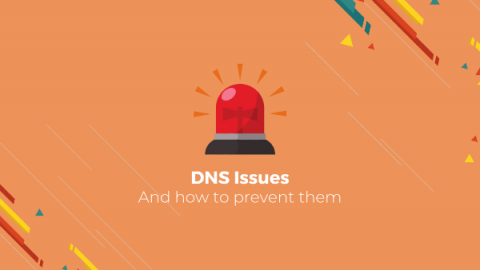Ensure Network Uptime with DNS Monitoring
Have you ever wondered how the internet manages to translate the domain names you type into the browser into IP addresses that connect you to your desired websites? The answer lies in the Domain Name System (DNS), a complex network of servers and protocols that makes online communication possible. But with this complexity comes the need for DNS monitoring, which plays a crucial role in ensuring website availability, preventing security breaches, and optimizing network performance.


